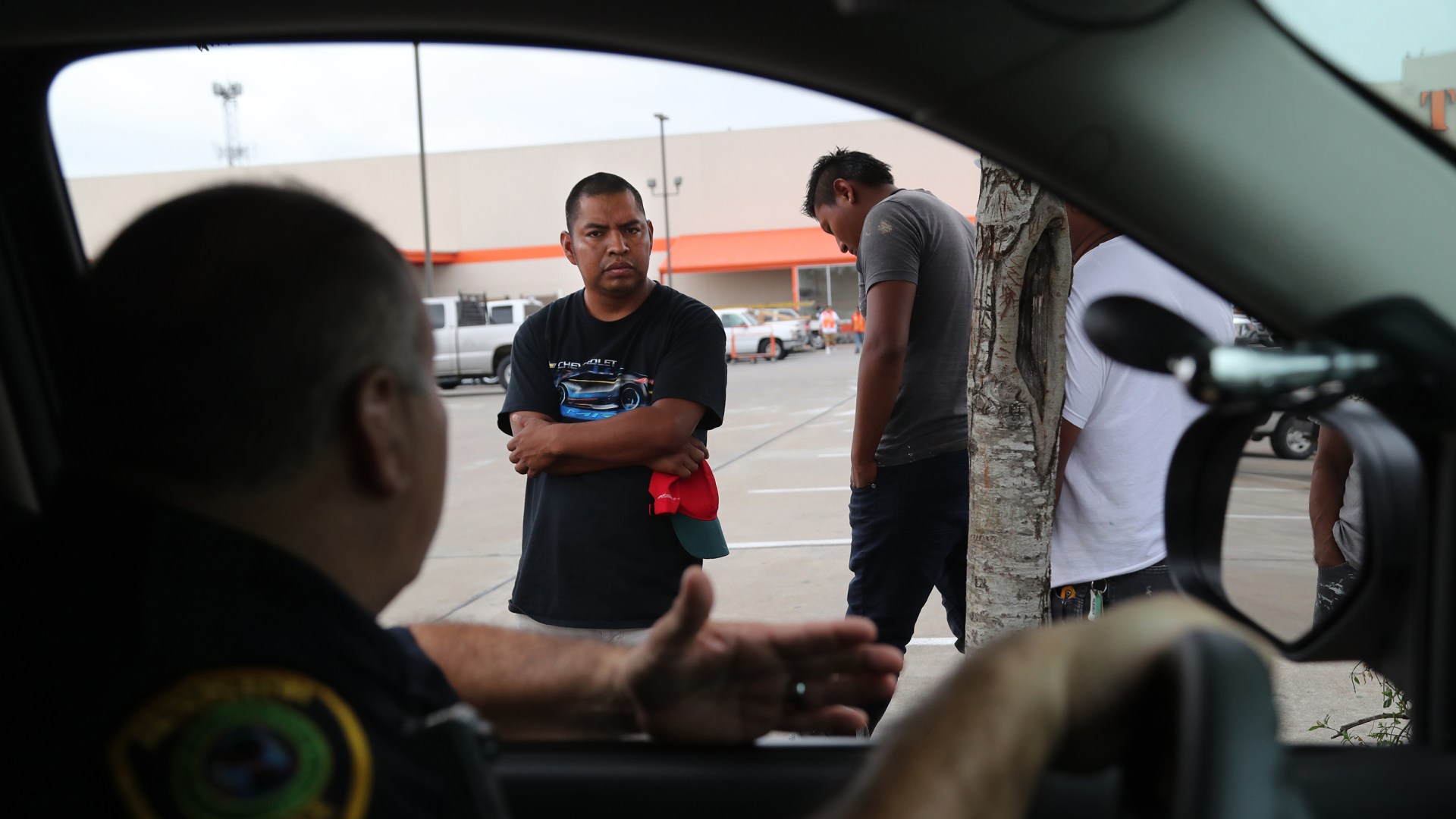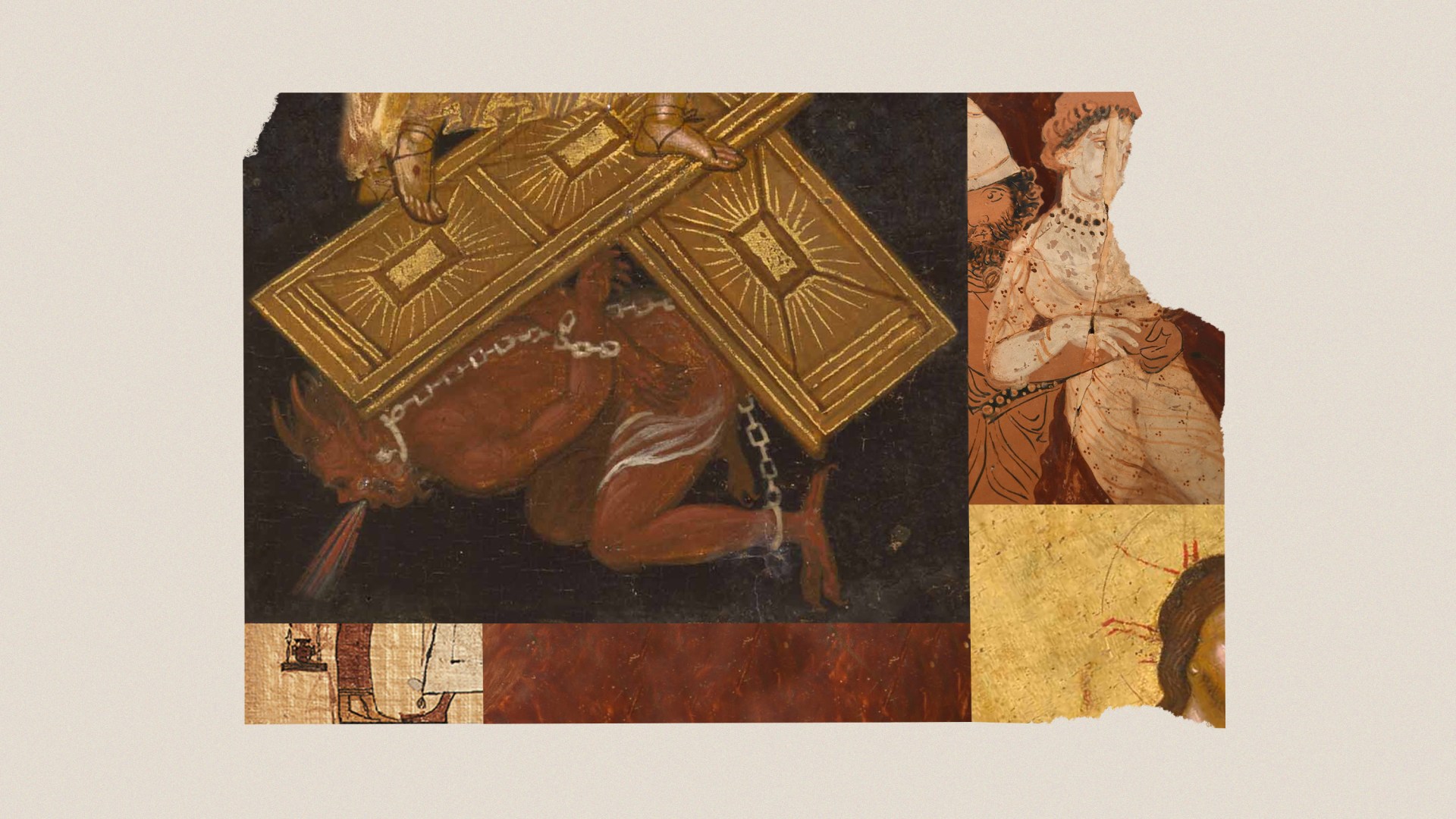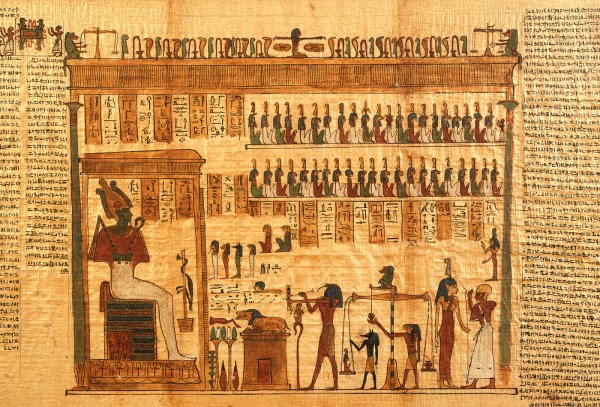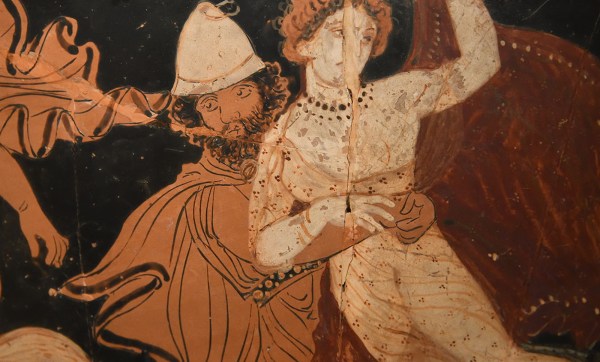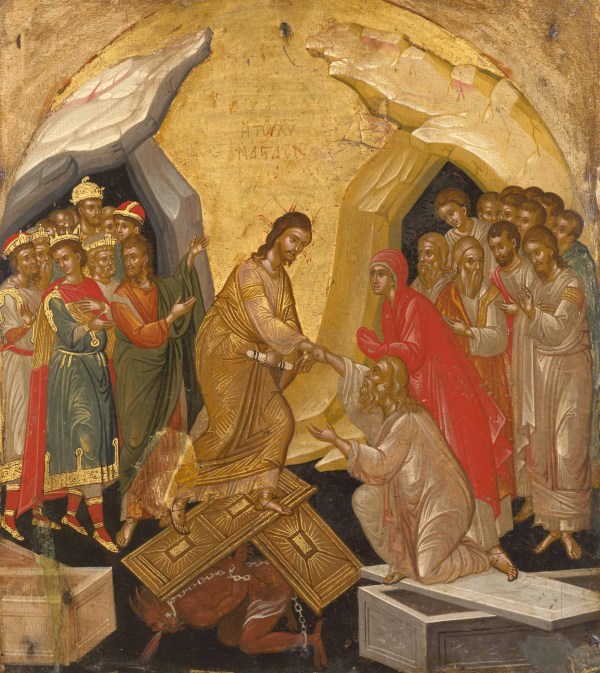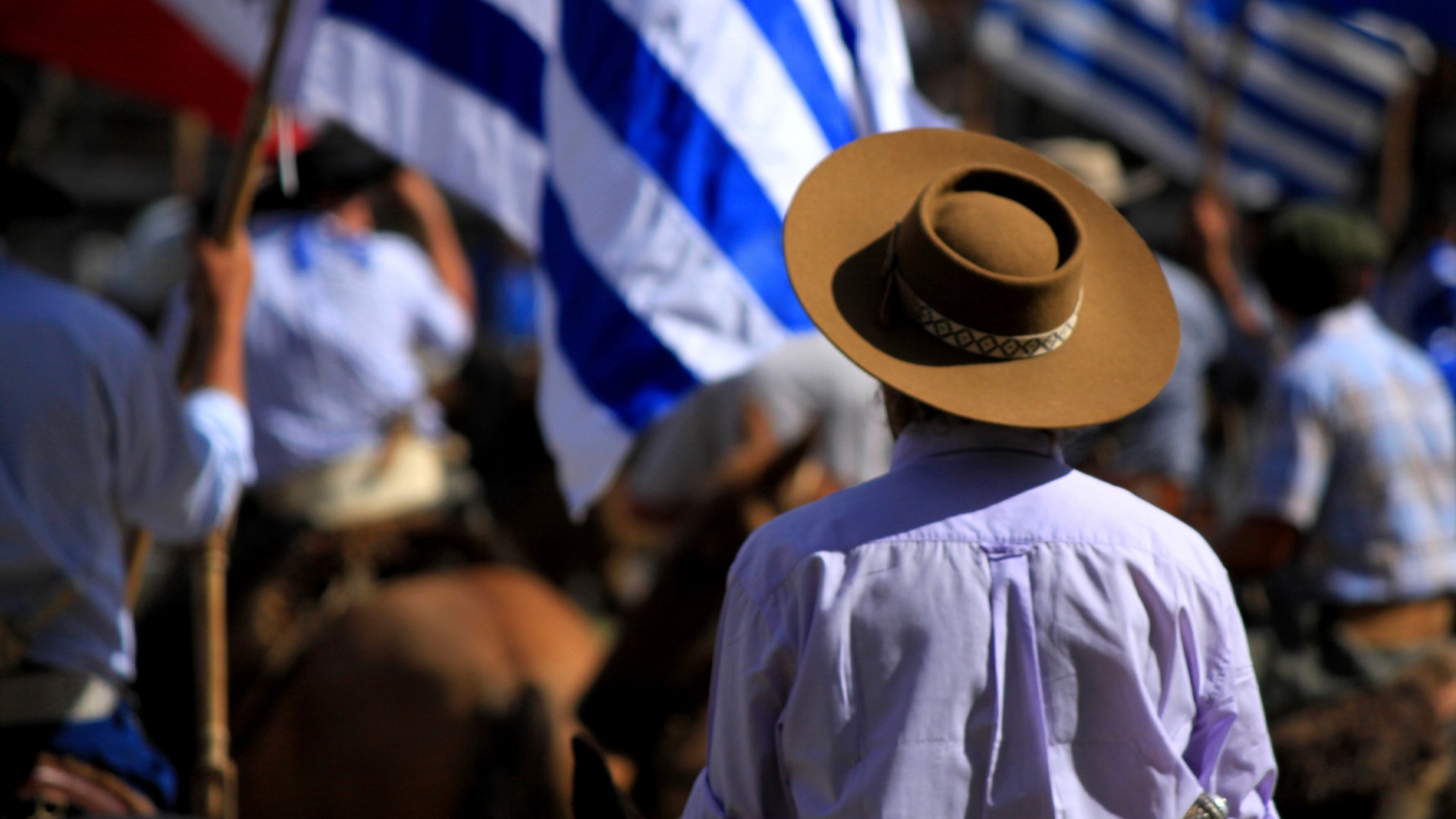This piece was adapted from Russell Moore’s newsletter. Subscribe here.
If you’re one of the very-online white nationalists who decided during Holy Week to claim the hashtag “Christ is king” as an antisemitic troll, I’ve got what might seem to you to be both good news and bad news.
The good news: Christ is king. The bad news: He’s a Jew. The even worse news: He’s not the kind of king you think he is.
This week commentator Candace Owens, recently fired by The Daily Wire for anti-Jewish comments, made news as she used the slogan online, allegedly as a response to Daily Wire cofounder, Ben Shapiro, who is Jewish. The phrase was then amplified by so-called “Groypers,” the social media mob assembled around the white nationalist Nick Fuentes, whose singular mission seems to be to put the Mein back in Mein Kampf.
When some—such as on-air talent and executives at Owens’s previous media platform—criticized the use of the slogan, many of those using it pointed out that the words Christ is king represent basic Christian teaching. The words God and damn are, of course, perfectly good biblical words too, but most of us can see that context can change the meaning.
I’m less interested in the nationalist-on-nationalist social media controversy than I am in the much less recognized question behind it: Can “Christ is king” be antisemitic trolling? One could argue yes, and that the first time we find the words referenced as written down, they were just that.
The cross, after all, came with a label affixed to it. Above Jesus’ head were the words Jesus of Nazareth, the king of the Jews, written not just in Aramaic but in Greek and Latin too (John 19:19–22). Many have speculated as to why the prosecuting governor, Pontius Pilate, who personally wrote this inscription, did so—and why he wouldn’t change it, when asked, to “This man said, ‘I am the king of the Jews.’” What we do know is that the Roman system, of which Pilate was an official, used humiliation and intimidation as governing tools. After all, that’s what crucifixion is—a ghastly and shameful act of torture meant to provoke fear in anyone who might challenge the Caesarean order and to dehumanize anyone killed that way.
The Gospel of Mark indicates that the sign’s inscription, “the king of the Jews,” was actually the charge against him (15:26). The “Jesus is king” language would have been self-evidently a kind of joke, making fun of both Jesus and his fellow Jews under Roman occupation. As Frederick Buechner once said of that sign, “To get something closer to the true flavor, try translating the sign instead: ‘Head Jew.’” The joke is that a king on the throne of David would not be drowning in his own blood, helplessly fixed to a Roman cross. To call him that would make a cruel point not just to any future insurrectionist but to the hopes of Jewish people generally—No one is coming to get rid of us. Caesar is king.
The motives of Pilate’s soldiers in applying the “Christ is king” imagery was even clearer. The purple cloak and the crown of thorns were meant to be a parody—as the Roman soldiers sarcastically saluted Jesus, yelling, “Hail, king of the Jews!” (Mark 15:18). They mocked Jesus both for his alleged claim to kingship and for his Jewishness, both seen as being obviously beneath the majesty of Roman power.
Jesus, though, is not a true and better Caesar. His kingship is something altogether different. “The kingdom of God is not coming in ways that can be observed, nor will they say, ‘Look, here it is!’ or ‘There!’ for behold, the kingdom of God is in the midst of you” (Luke 17:20, ESV throughout). Jesus was teaching, If you want to see the kingdom of God, stop looking around for what you expect it to be; here I am.
That’s because the kingdom of God is not a capstone of the aspirations and power games of this present order; it’s a repudiation of them. If the kingdom of God were about external conformity, tribal membership, or “winning” in the sense that we define it, Jesus could have embraced all of that from the crowds around him (John 6:15) or by teaching Peter to be a better swordsman (Matt. 26:52–54). The kingdom of God cannot be understood or articulated without seeing that the Crucifixion is not a plot obstacle on a hero’s journey. The way of the Cross is, in fact, the Way—while the way of Caesar leads to death.
One cannot be born again by Caesarean section.
The Resurrection itself was a “yes” and an “amen” to that way. As New Testament scholar Richard B. Hays points out, Jesus, after his resurrection, did not appear to Pontius Pilate or to his other opponents, but to his own disciples. What he entrusted to them was not a way to get and to use the same kind of power that had crucified him, but instead a way to wait for the only kind of kingship that ultimately matters, anointed by the Holy Spirit who breathes life into what was dead (Acts 1:6–9).
Be careful what you wish for. Christ as king, the way he defined it, is not good news for those who want to use Christ in order to become kings themselves.
Something dark is haunting the world right now. The old gods of blood and soil are rustling. We have endured the same before. But we must not let them claim the cross. The cry “Christ is king” is true. That’s why it must never be emptied with a satanic kind of kingship. Abominations are in the world around us until the end, but Jesus warned us of a specific kind—the abomination that is “standing in the holy place (let the reader understand).” Jesus says, along with the prophet Daniel, that that kind of abomination—the kind that uses the holy things of God—leads to “desolation” (Matt. 24:15). What we must fear the most is not that which can push us down but that which can hollow us out.
If Jesus were an antisemite, he could not save us. He would be a sinner just like us. In addition, if Jesus were an antisemite, he could never read his own Bible or even look in the mirror. You cannot follow Jesus while sneering, “Can any good thing come out of Nazareth?” You cannot claim the Messiah as Lord while hating his kinsmen according to the flesh. You cannot say “King Jesus” while mocking who he is and what he told us with purple robes and thorny crowns.
You cannot have both Jesus as Lord and Jesus as Caesar without twisting the cross.
A twisted cross is just another swastika, and that’s no cross at all.
Russell Moore is the editor in chief at Christianity Today and leads its Public Theology Project.
Update (March 28, 2024): An earlier version of this article misstated Ben Shapiro’s position at The Daily Wire. We regret the error.









